Shifting Power Dynamics: How Digital Distribution Redefined the Music Industry Landscape
The history of music distribution is a narrative of power dynamics, with the relationship between music creators and major labels undergoing profound shifts over the past half-century. The rise of digital distribution services has been a pivotal factor in reshaping these dynamics, giving independent artists newfound agency and challenging the traditional stronghold of record labels.
The Dominance of Record Labels (1960s - 1990s)
The 1960s marked the era of rock 'n' roll and the ascent of record labels as gatekeepers of the music industry. Artists seeking success had limited options: secure a record deal or remain in obscurity. Labels held the keys to distribution, radio airplay, and marketing campaigns. This control often came at a price—artists traded creative autonomy for the chance at mainstream recognition.
Throughout the following decades, the relationship between artists and labels was often imbalanced. Labels controlled the lion's share of revenue, determined the marketing strategies, and even influenced artists' musical direction. This power dynamic meant that the industry was dominated by a select few, while many talented artists struggled to gain recognition beyond the label system.
The Digital Disruption (Late 1990s - Early 2000s)
As the 20th century drew to a close, the digital revolution began to take shape. The introduction of MP3 files, file-sharing platforms like Napster, and the rise of the internet created seismic ripples throughout the industry. Record labels initially resisted the digital shift, fearing the loss of control and revenue. However, the democratization of music distribution was inevitable.
The music industry faced a transformative challenge: adapt to the digital age or risk becoming obsolete. This challenge spurred innovation, leading to the rise of legal digital music platforms like iTunes. Yet, the shift also led to a decline in the traditional power of record labels. Independent artists and smaller labels found a platform to bypass traditional distribution channels, connecting directly with audiences.
The Rise of Independent Music (Mid 2000s - Present)
The emergence of digital distribution services has empowered independent artists in unprecedented ways. Platforms like DistroKid, TuneCore, and CD Baby offered an alternative route to market, dismantling the dependence on record labels. Independent musicians could release their music globally, retain ownership of their work, and access vital revenue streams. Social media and streaming platforms further enabled artists to cultivate fan bases and engage directly with listeners.
As independent artists gained momentum, major labels found themselves no longer holding a monopoly on distribution and promotion. With the ability to self-promote and self-release, artists could carve out their own niches and cater to specific audiences. This resulted in a musical landscape diversifying in style, genre, and representation.
The Current Landscape: A Balanced Industry
The power dynamics between music creators and major labels have experienced a significant transformation over the past few decades. While major labels still play a crucial role in marketing and amplifying certain artists, their stranglehold on distribution has diminished. Independent artists have seized the opportunity to thrive on digital platforms, creating a more balanced and equitable industry.
Today, the music industry is a hybrid ecosystem, where both independent artists and major labels coexist. Independent musicians have the freedom to choose their paths, whether they seek complete artistic control or collaboration with a label. This shift has reinvigorated the industry, allowing a multitude of voices to be heard and celebrated.
In conclusion, the rise of digital distribution services has revolutionized the power dynamics between music creators and major labels. Independent artists have found a platform that empowers them to distribute, market, and connect with their audiences directly. The era of rigid label dominance has given way to a more inclusive and diverse musical landscape, where creativity thrives and artists are no longer bound by traditional constraints.
